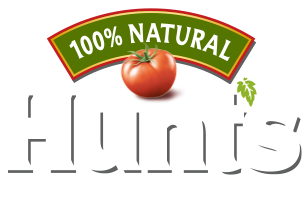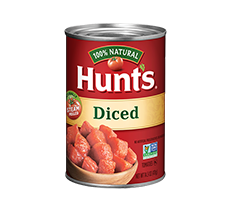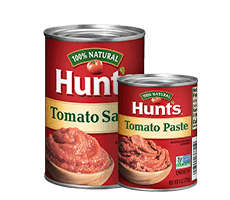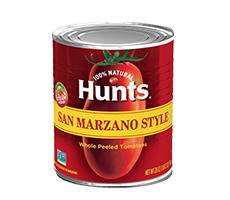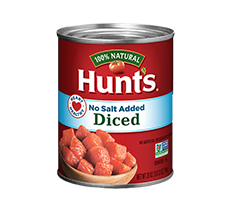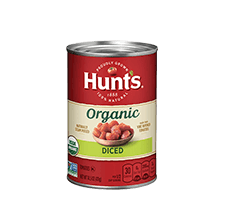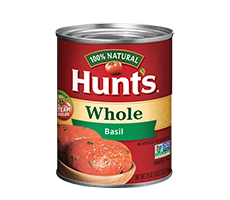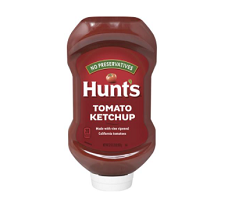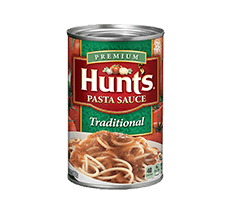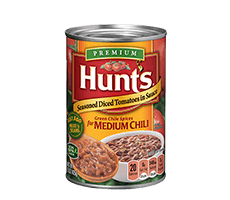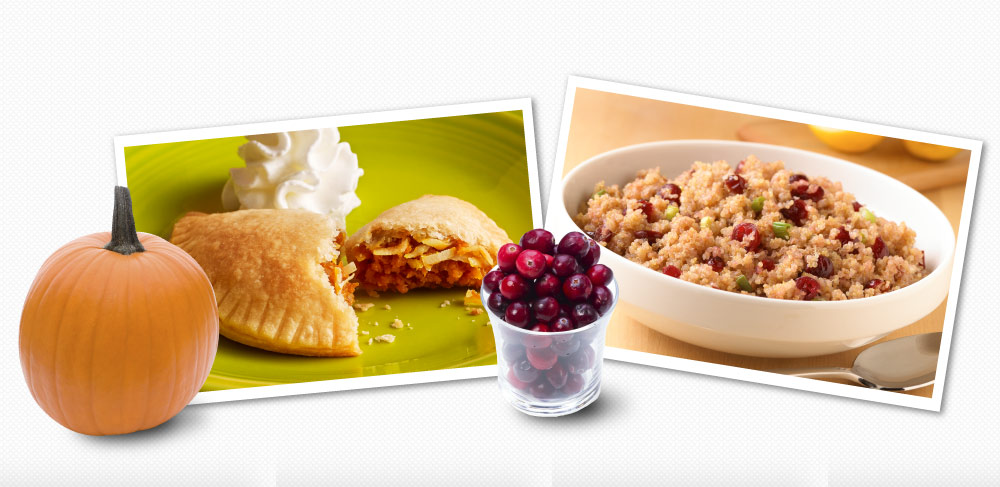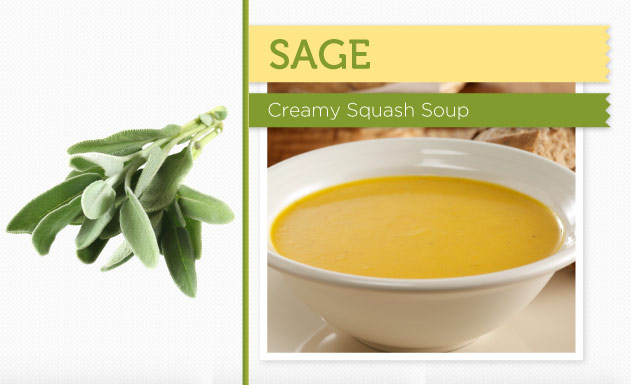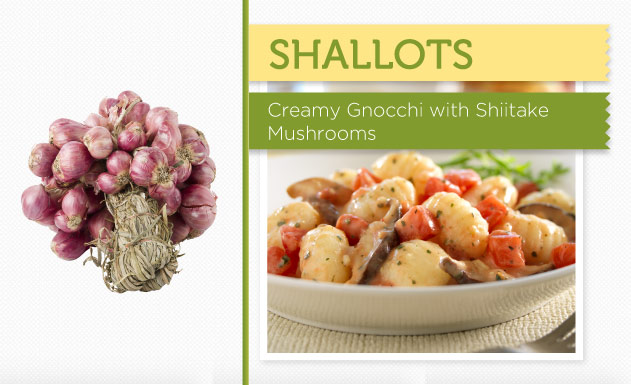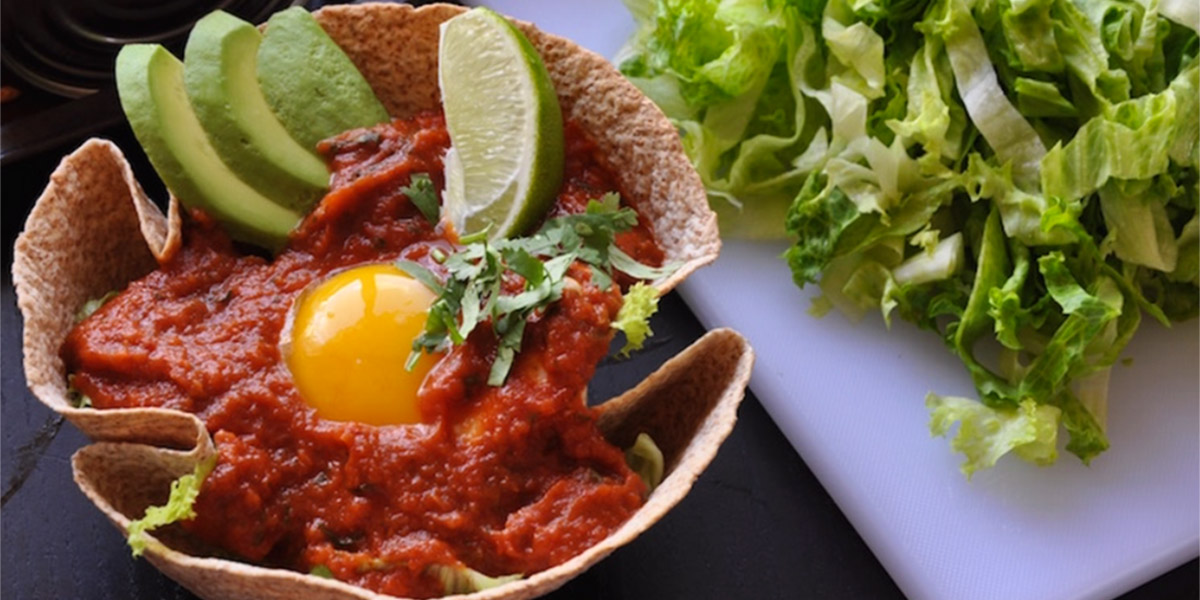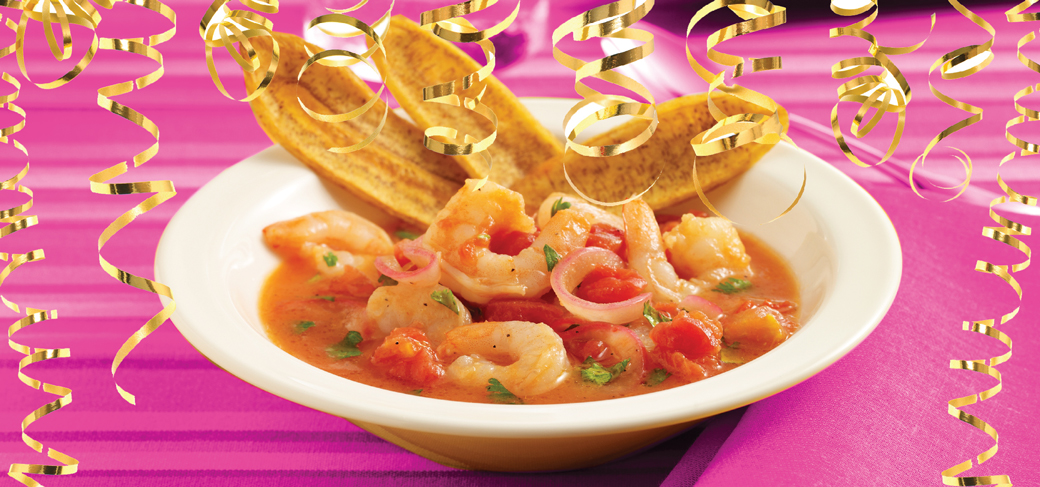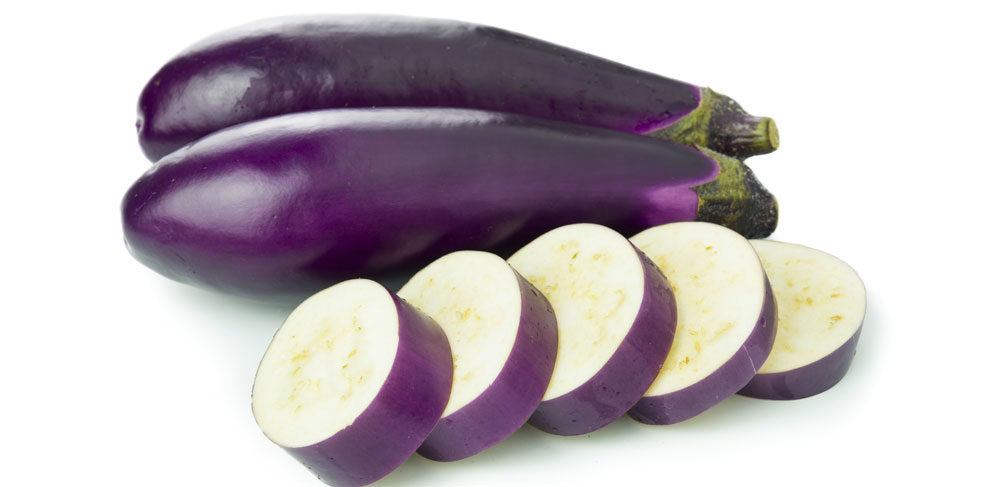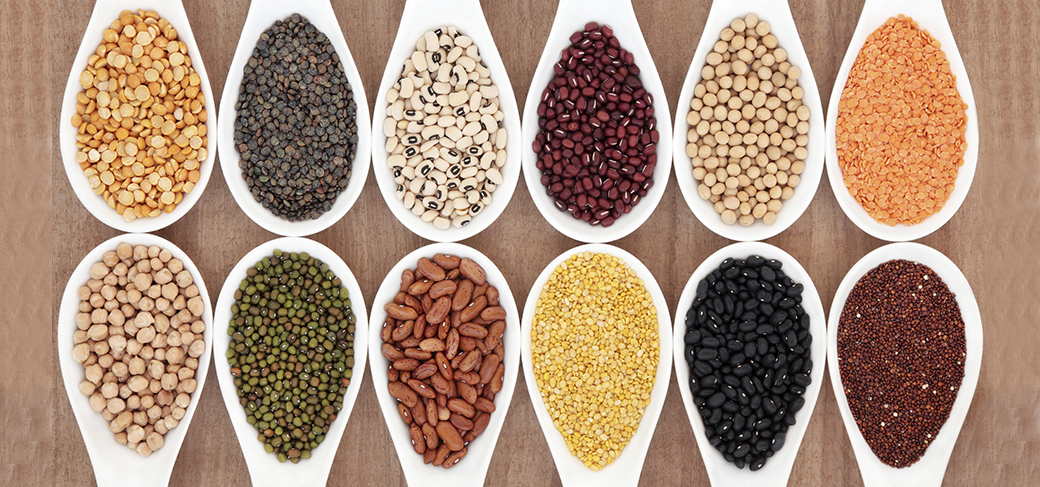Fall is here and there’s no better time to start making apple pies, pumpkin soup and a medley of squash dishes. As a follow-up to our spring and summer produce recipe guides, here are some ideas for what to do with those fall fruits and vegetables.
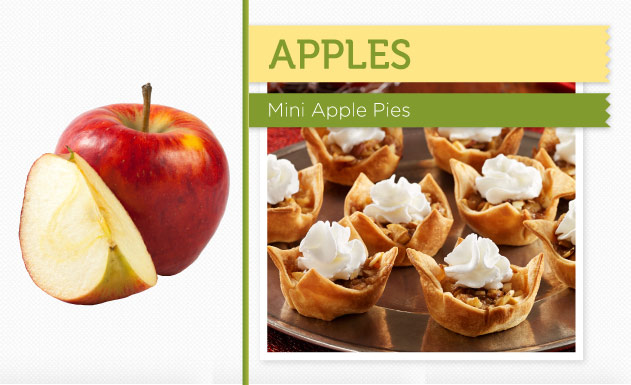
Apples are a fall staple. With about 2,500 varieties, they come in many different colors and are available year-round. Their peak season, however, is September-November.
Goes with: Almonds, brandy, brown sugar, caramel, cinnamon, cloves, lemons, nutmeg, celery, cheese, nuts, oatmeal, peanut butter, pears, pork, raisins and sausage.
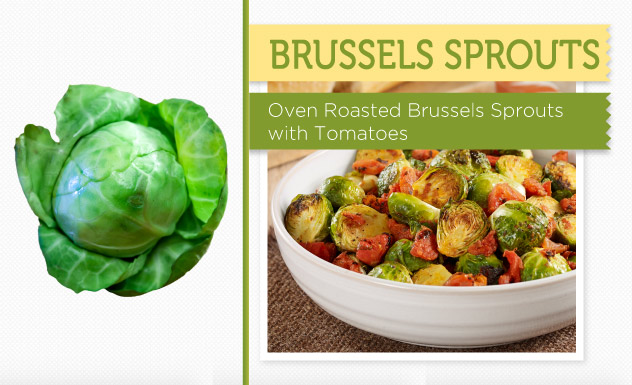
A fun fact about this vegetable is that it’s assumed to have been named after the Belgian capital. The Brussel sprout is related to the cabbage, and if you look at it closely you’ll notice it looks like a mini cabbage head. Brussel sprouts are best eaten when boiled, roasted, or steamed.
Goes with: Butter, cream, garlic, lemons, olive oil, oranges, red pepper flakes, vinegar, almonds, bacon, bell peppers, fennel, ham, mushrooms, onions, Parmesan cheese, salmon and shallots.
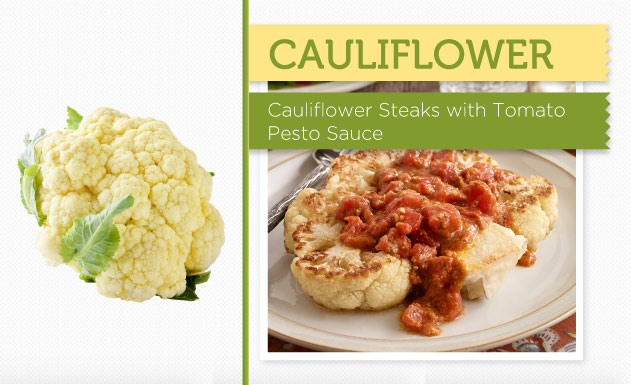
This hearty vegetable not only goes well with a variety of dishes but is filling because of its high fiber content and is perfect whether you are dieting or are just hungry. Apart from the white-colored cabbage you’re used to seeing, you can also find cabbages that are purple, green, or orange. Cabbage can be eaten raw or cooked and is at its freshest in the fall.
Goes with: Butter, chives, dill, garlic, hollandaise, lemons, mustard, nutmeg, parsley, almonds, bell peppers, breadcrumbs, broccoli, carrots, mushrooms, nuts, tomatoes and cheeses like Cheddar, Gruyère, and Parmesan.
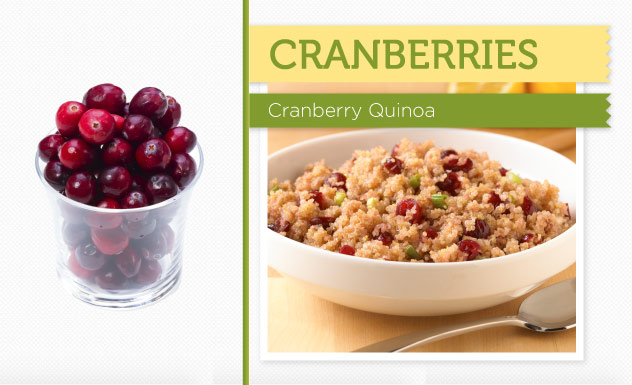
The cranberry, next to the blueberry and Concord grape, is one of the few fruits native to North America that is commercially grown. Distinctly tart, cranberries are best used in small amounts; chop cranberries in halves and place them in salads or your oatmeal. They’re also used best when paired with something sweet like desserts or a bowl of other sweeter fruits. Considered a super food, the cranberry is rich in antioxidants and nutrients, yet only contains 25 calories per cup. The possible health benefits of this glossy fruit include lowering the risk of urinary tract infections, preventing cancer, improving immune function, and decreasing high blood pressure.
Goes with: Cinnamon, cloves, ginger, nutmeg, sugar, almonds, apples, apricots, butternut squash, oranges, pecans, turkey, and walnuts.
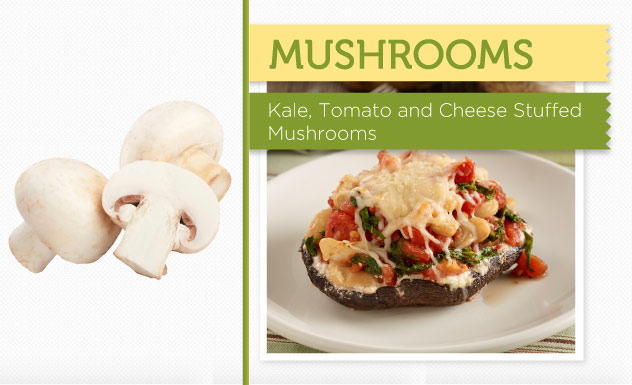
You might be thinking to yourself “But I see mushrooms in the store year-round?” This is true, but many mushrooms are actually in their peak season during the fall and winter months. Mushrooms come in many different shapes, colors, sizes, and some even have funky names like Hen-of-the-Woods and Lobsters.
Goes with:
Burgundy, garlic, lemons, olive oil, parsley, rosemary, sage, thyme, wine vinegar, beef, bell peppers, breadcrumbs, Brie, chicken, hazelnuts, and onions.
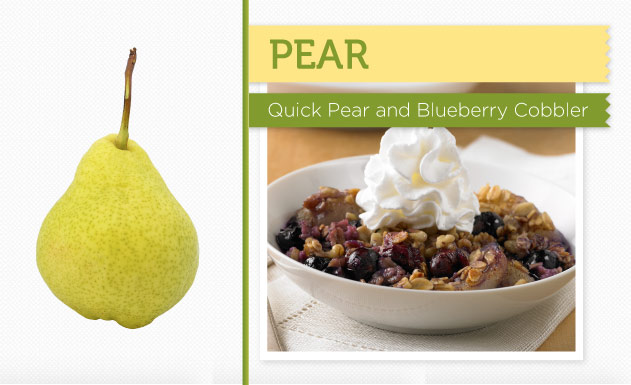
Pears are crispy, juicy, and delicious. On top of that they’re also a great source of fiber, and contain a wealth of vitamins and minerals. They go great on salads, entrées, baked goods, and so much more.
Goes with: Anise, brandy, brown sugar, chocolate, cinnamon, honey, lemons, maple syrup, Marsala, vanilla, almonds, apples, arugula, blueberries, chicken, feta, figs, Gorgonzola, herbed focaccia, pecans, pork, red onions, squash, and walnuts.
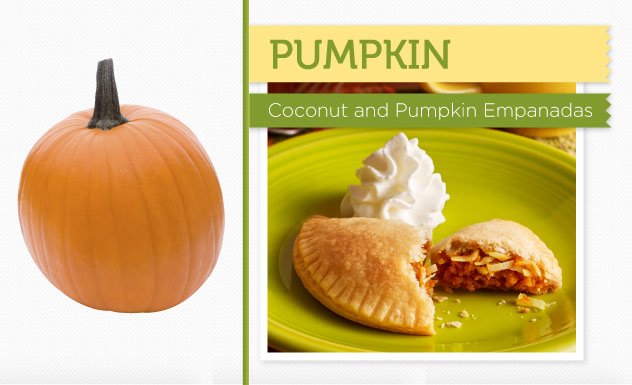
Pumpkins are hugely popular during the fall, and it seems nothing escapes their flavor—pumpkin spice latte, anyone? The pumpkin is a member of the squash family and is in peak season September through October. From soups to purees to pies, pumpkin is an autumn glory and even its seeds are a treat.
Goes with: Allspice, brown sugar, butter, chiles, cinnamon, ginger, maple syrup, orange, rosemary, sage, apples, bacon, cranberries, mushrooms, onions, pecans, pork, raisins, sausage and turkey.
This soft and silky smooth herb is considered fall and winter’s go-to herb because its flavor profile is too intense for summer dishes using vegetables like tomatoes, eggplants and peas. This herb goes rather perfectly with those hearty, colder seasonal recipes like a Creamy Squash Soup.
Goes with: Butter, cream, garlic, marjoram, nutmeg, olive oil, parsley, Pinot Grigio, fish, Parmesan cheese, pasta, polenta, pork, poultry, potatoes, squash and veal.
Shallot season is summer and fall, and fresh shallots can often be available into early winter. Shallots are part of the onion family just like leeks and garlic. They tend to have a lighter, less intense flavor than onions and are a tinge sweeter, which makes them great in sauces and salads, and for almost all recipes calling for onions.
Goes with: Basil, butter, Champagne vinegar, cream, Dijon mustard, marjoram, oregano, Pinot Gris, tarragon, thyme, anchovies, beef, cucumbers, eggs, mushrooms, potatoes, seafood, tomatoes, veal and wild rice.
One of the many squashes, spaghetti squash gets its name because of its flesh. When cooked, the flesh separates into thin, thread-like strands that look like real spaghetti! Mix in a little marinara sauce and you won’t be able to tell the difference.
Goes with: Basil, butter, cream, garlic, nutmeg, olive oil, oregano, rosemary, sage, beef, bell peppers, Italian sausage, mozzarella, mushrooms, onions, pancetta, Parmesan cheese and tomatoes.
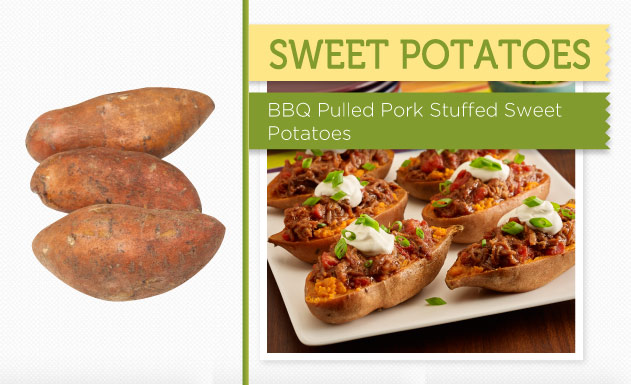
Although available year-round, the freshest crops start appearing in the produce department during the fall. Although they often tend to be confused with yams, they’re actually not even related. When shopping for sweet potatoes look for those that are firm and free of bruises.
Goes with: Brown sugar, butter, cinnamon, cream, dry sherry, ginger, maple syrup, nutmeg, rum, vanilla, apples, bacon, cod, cranberries, ham, oranges, pecans, pineapple, raisins and turkey.
Next time you hit the grocery store, make sure to look out for these fall fruits and vegetables!
![]()
